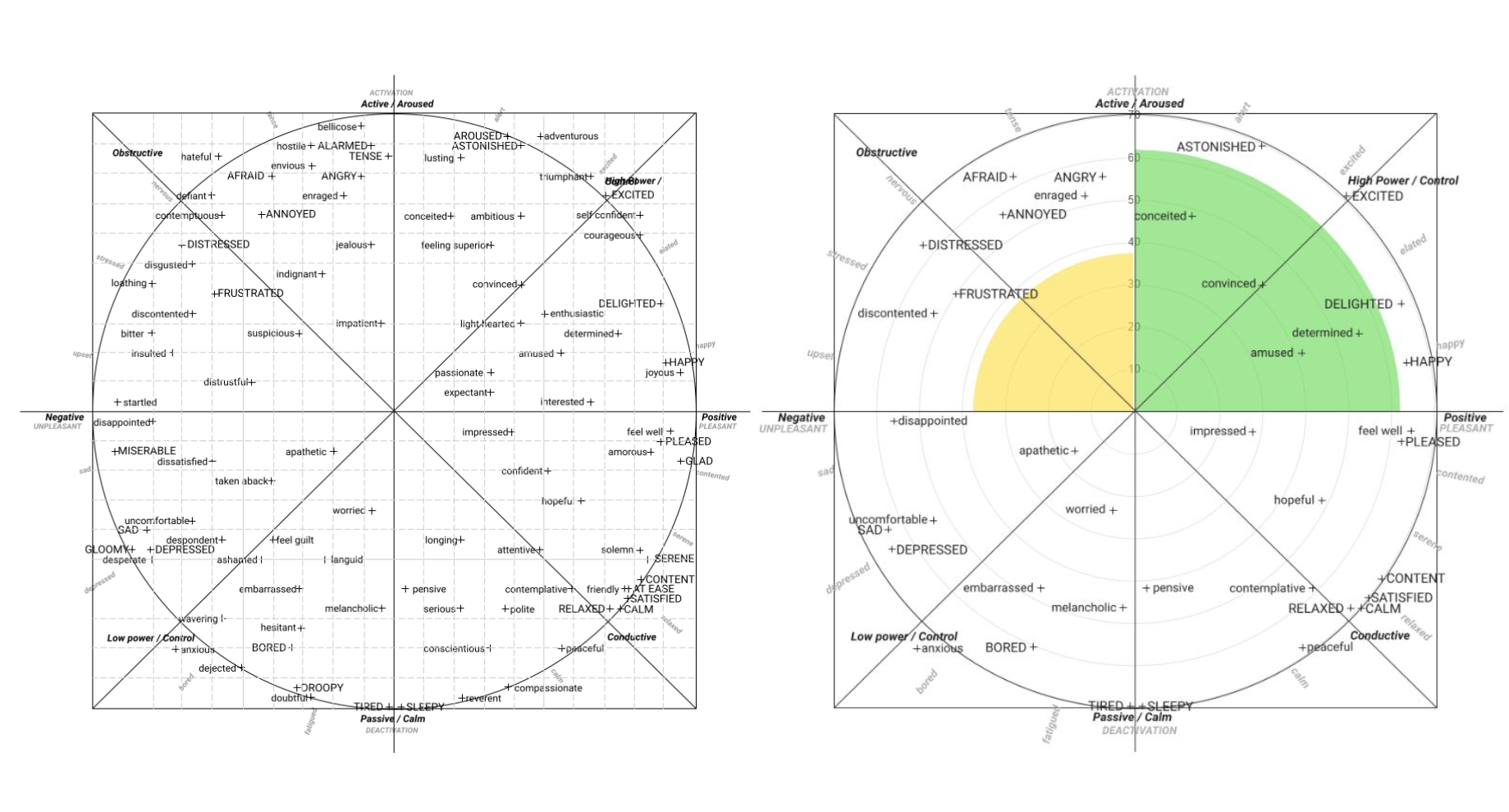In the ever-evolving world of technology, there are often terms that seem interchangeable, leading to confusion among both experts and enthusiasts. A prime example of this phenomenon is the seemingly synonymous usage of Affective Computing and Emotion AI. While these terms may appear distinct, they fundamentally refer to the same groundbreaking concept in tech. In this article, we will clarify the definitions of Affective Computing vs. Emotion AI and help unravel their apparent synonymy.
Affective Computing: The Foundation
Affective Computing serves as the foundational concept in this realm. Coined by Dr. Rosalind Picard in the late 1990s, Affective Computing refers to the study and development of systems that can recognize, interpret, and respond to human emotions. These systems use a variety of sensory inputs, such as facial expressions, voice tone, physiological data, and more, to understand the emotional state of a person.
The ultimate goal of Affective Computing is to create technology that can interact with humans in a more emotionally intelligent and empathetic manner. It aims to bridge the gap between human emotions and the technology we interact with, thus improving user experiences and creating more natural and intuitive interactions with machines.
Emotion AI: Building on the Foundation
Emotion AI, on the other hand, is a term that has gained prominence in recent years, reflecting the application of Affective Computing principles. It refers to the implementation of artificial intelligence and machine learning technologies to enable computers and software to recognize, understand, and respond to human emotions.
Emotion AI essentially builds upon the foundation of Affective Computing by emphasizing the practical applications and real-world use of these technologies. It covers a wide range of applications, including sentiment analysis in social media, emotion recognition in customer service, and personalized content recommendations in entertainment platforms.
The Synonymy Clarified
So, while Affective Computing and Emotion AI may sound distinct, they are essentially two sides of the same coin. Affective Computing lays the theoretical and research-based groundwork for understanding emotions and creating emotionally intelligent technology. Emotion AI takes this research and applies it in real-world scenarios by using artificial intelligence to interpret and respond to human emotions.
In essence, Affective Computing is the science behind the concept, while Emotion AI is the practical implementation of that science. The two terms may be used interchangeably at times, but it’s crucial to understand that they refer to the same overarching field in technology, where emotions are no longer just human experiences but also data that machines can comprehend and respond to.
Affective Computing vs. Emotion AI: conclusion
In the rapidly advancing landscape of technology, Affective Computing and Emotion AI represent the convergence of human emotions and artificial intelligence. While the terms may seem synonymous, they encapsulate the same idea: enabling computers to understand and interact with us on an emotional level. These groundbreaking technologies are poised to revolutionize the way we engage with machines, creating more empathetic and emotionally intelligent interactions in various aspects of our lives.
Discover the difference between Sentiment Analysis Vs. Emotion AI!




